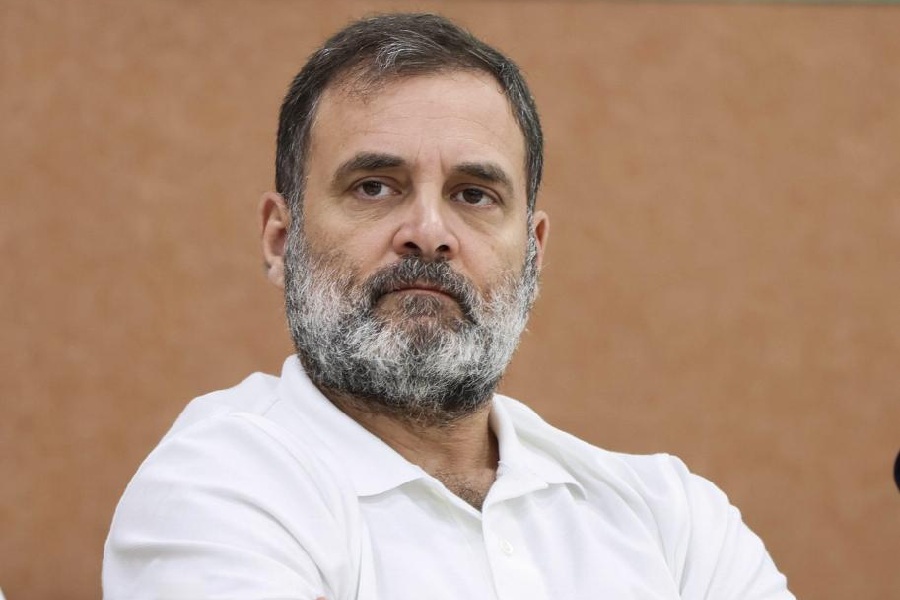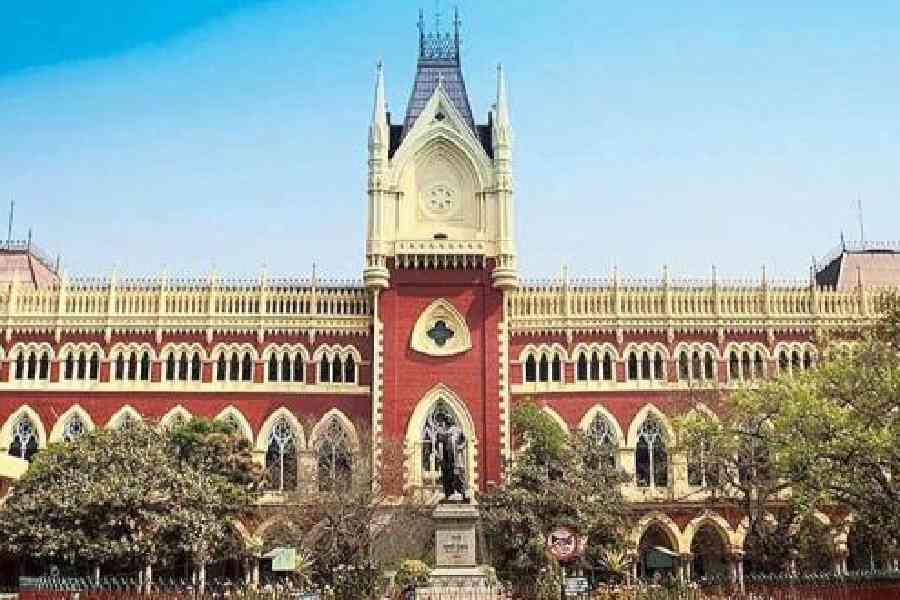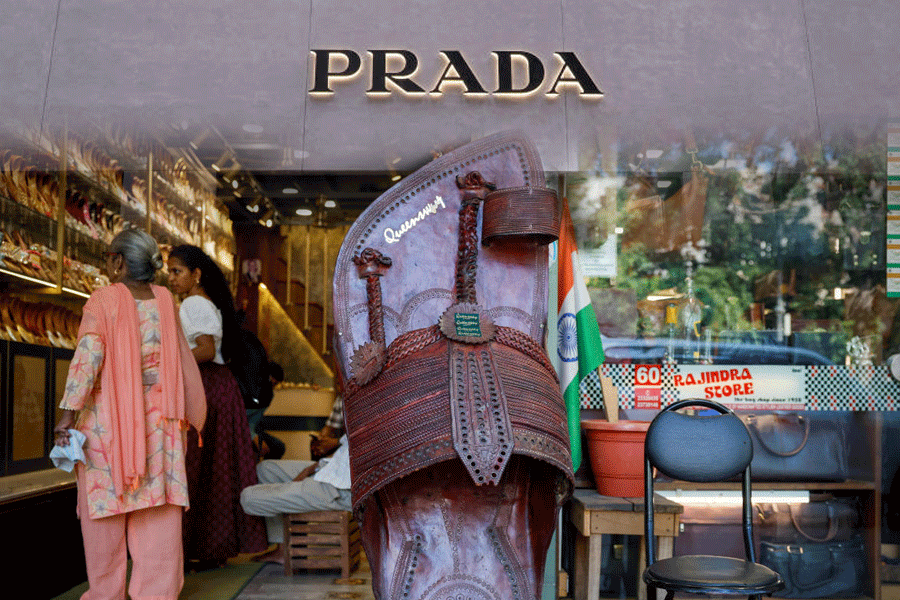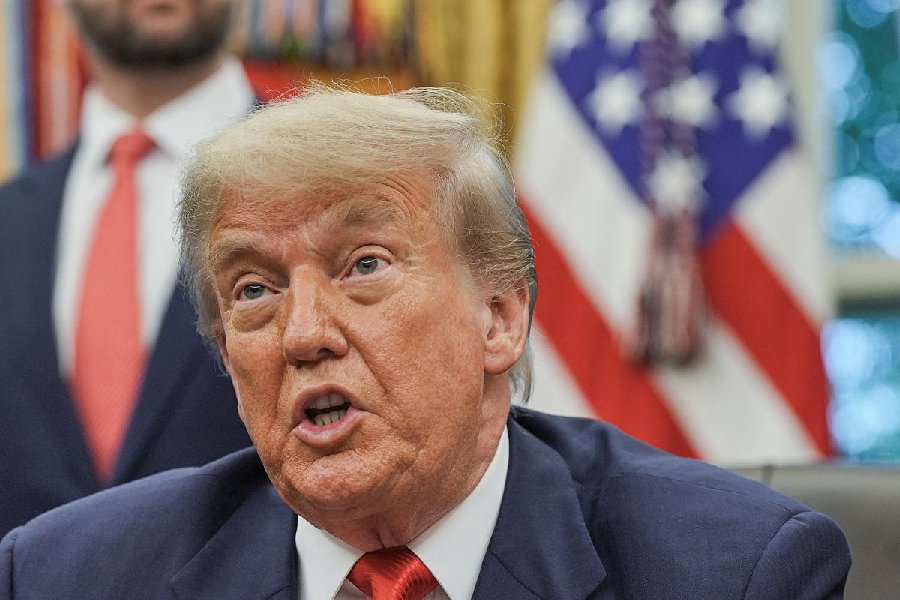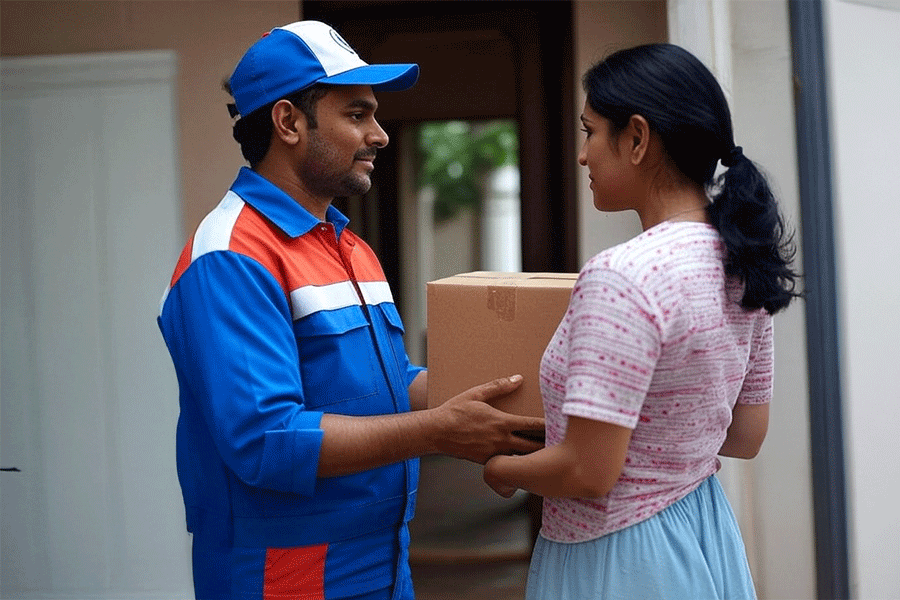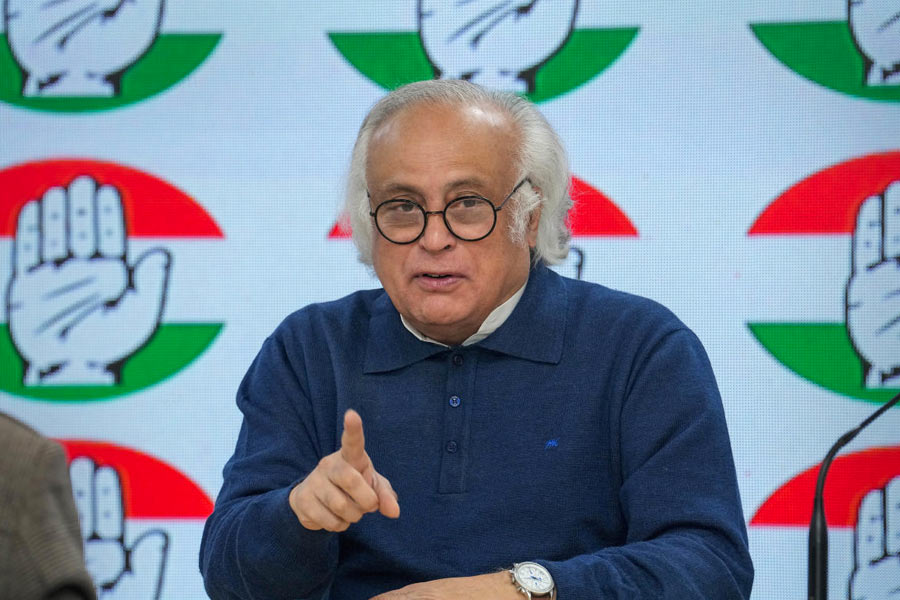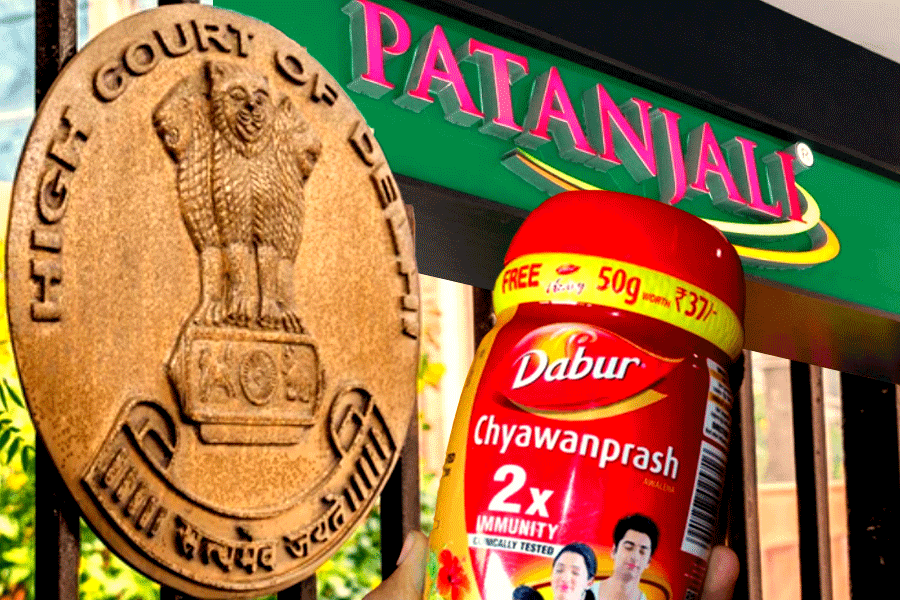 |
 |
Dalkhola, Sept. 20: What Dalkhola could have been, Kishanganj in neighbouring Bihar has already become.
Dalkhola and Kishanganj can be compared for several reasons. The two towns are 30km from each other.
Dalkhola, on the NH34, is a transit town for goods entering Bihar from other parts of Bengal and the Northeast. Kishanganj, on the NH31, too is a similar transit point for goods coming from the Northeast.
But the two places are miles apart in terms of development.Dalkhola all dirt and grime, but Kishanganj with new flyovers and a better highway. During the municipal polls tomorrow, the around 21,000 voters in Dalkhola would bear this contrast in mind.
“Kishanganj and Dalkhola were towns of similar nature. The railway level crossings in both the towns and traffic congestion were nightmares for people travelling through these areas. Both the places are important business hubs today also,” said Pramod Das, a local trader who deals in grocery.
“However, Kishanganj is now much ahead than us in terms of infrastructure.”
Dalkhola was made a municipality in 2003 and in the first elections, the Left Front had won majority to form the civic board. In the 2008 elections, the Congress secured the absolute majority.
The town’s younger generation is disgusted with the disparity in the development compared to Kishanganj.
“In the 10 years since 2003 (when the Dalkhola municipality was formed), infrastructure development in Kishanganj has been unprecedented. The town has a number of flyovers at present and traffic snarls are no more there. Roads, drainage and drinking water service have also improved. However, in Dalkhola, traffic congestion is an everyday affair, drainage is pathetic and roads are dotted with craters,” said Arif Iqbal, a student of Dalkhola College.
In 2007, when Priya Ranjan Das Munshi was a Union minister and represented Raiganj in Lok Sabha, he had promised that Dalkhola would get a flyover and would no longer have to bear the brunt of traffic congestion.
“In 2008, the Congress secured a majority at the municipality and there were hopes that the civic board would lobby the UP government for funds to build a bypass and a flyover. But Subhash Goswami, the chairman, failed to do so,” said Sujit Dey Sarkar, a CPM zonal committee member in Dalkhola.
In 2008, the Congress had bagged nine of total 14 seats, while CPM won the remaining five.
This year, the number of wards has increased to 16.
Trinamul is targeting the board for its perceived failure to tackle the civic issues.
“The municipal chairman had faced allegations of corruption. People are fed up with the Congress and the CPM as both the parties ran the civic board for five years each and still, couldn’t meet their aspirations,” said Tanay Dey, the Trinamul candidate pitted against Goswami. The outgoing chairman, Goswami, has sought to brush aside the allegations.
“As far as the bypass and the flyover are concerned, we have already received funds and rehabilitated the people of a colony for the construction. Work is in progress to shift electricity towers. We expect that the construction will commence shortly. It would be wrong to say we haven’t done anything. During our term, we have taken initiatives to build the municipal building and water reservoirs.”
The Left, the Congress and Trinamul have fielded candidates in all the 16 wards.
Raj Babbar, actor and parliamentarian, and Raiganj MP Deepa Das Munshi were among those who campaigned for the Congress. On Trinamul’s part, all India general secretary Mukul Roy and ministers Gautam Deb and Bratya Basu addressed election gatherings.
Mohammad Salim, Asok Bhattacharya and Manab Mukherjee were among the Left campaigners.
ADDITIONAL REPORTING BY MEHEDI HEDAYTULLAH


